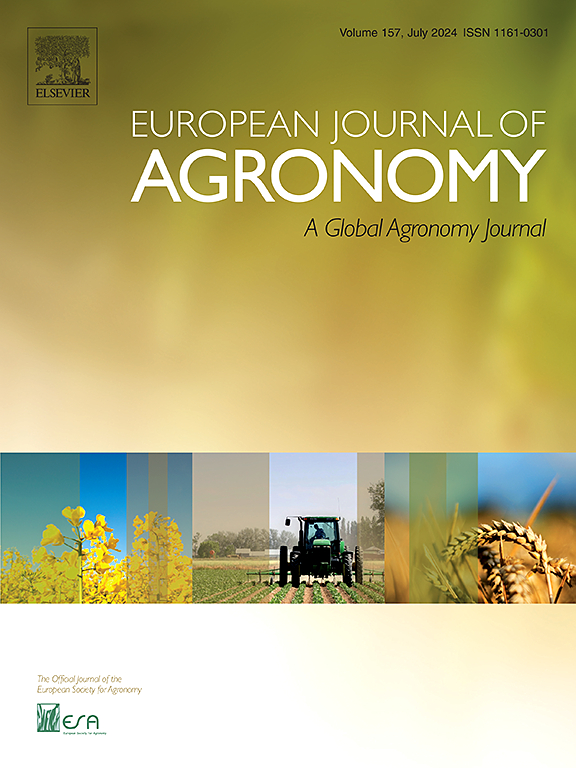Rice yield variability can be attributed to the range of sowing dates across extensive cropping areas and varying nitrogen application rates. Nonetheless, the precise quantitative relationship between sowing dates, nitrogen application rates, and rice yield development remains elusive. In this study, we evaluated differences in dry matter and yield components of three indica hybrid varieties for five sowing dates at four ecological sites in the middle and lower reaches of the Yangtze River, China in 2019 and 2020, with three nitrogen application rates. Results indicated that yield initially increased and then decreased with delayed sowing dates. Photosynthetically active radiation accumulation after anthesis (PARAA) was identified as the key positive climate resource affecting rice yield, decreasing by an average of 19.7 MJ m−2 for every 15-day delay in sowing. Nitrogen agronomic efficiency decreased linearly with the delay in sowing dates. Early sowing of rice with high PARAA and effective accumulated temperature after anthesis (EATAA) showed yield increases due to nitrogen application, whereas late-sown rice with insufficient photothermal resources did not exhibit marked yield improvement and may experience yield reduction. Ensuring adequate dry matter accumulation after anthesis and high seed setting rate was the main way to increase yield, influenced by sowing dates and nitrogen application rates. Intriguingly, our study revealed that nitrogen application markedly enhanced yield sensitivity to PARAA and EATAA. This finding underscores the pivotal role of nitrogen in modulating crop responsiveness to climate resources, and contributes to a deeper understanding of agronomic practices for optimizing yield under varying climatic conditions.


